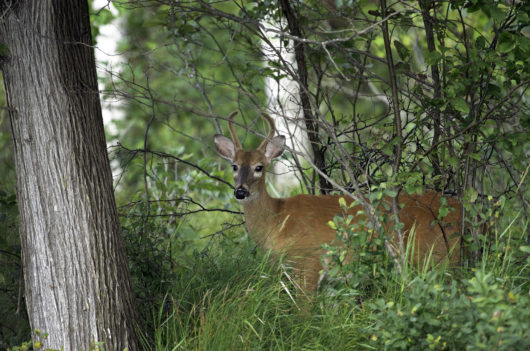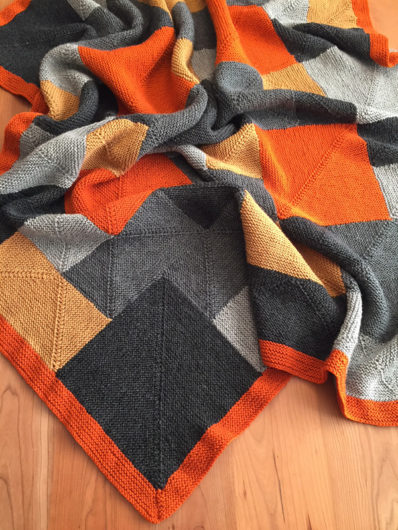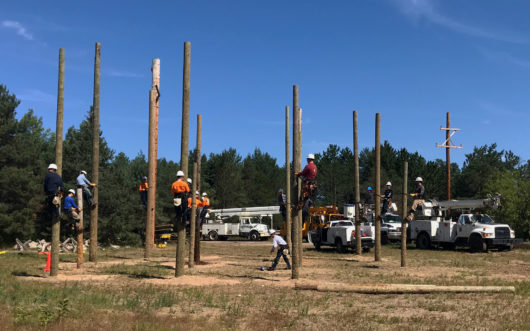This buck was headed to the water’s edge in Ghost Bay last week as we paddled in our kayaks. We don’t see bucks often, so he was quite a treat.
White-tailed deer are named for that large patch of white fur on the underside of the tail that you see as the deer beats a retreat. Odocoileus virginianus to you scientific types. There are many subspecies of deer in North America and those subspecies are very difficult to tell apart.
These are the Hillman Long Lake subspecies. This is the subspecies that especially likes to eat Japanese Maples in people’s gardens. They wait until the leaves fill out nicely, the rain washes away the Deer-B-Gone stinky spray, and then they enjoy a nice red-leafed salad. They are the subspecies of deer that eat hostas before the slugs can. And they eat every day-lily bloom just before the flower opens. That subspecies.
Oh well. We don’t really begrudge them feasting on what passes for our garden. We are completely undedicated to gardening. We do sort of wish they’d leave us something for our trouble though.
White-tail herds are a matriarchal society. But we’ve been surprised this year to see that the herd browsing in the morning and evening on our property still has a young male moving with it. We don’t think he’s the same buck we saw in Ghost Bay, though. The one with the herd is small, with just two dinky spikes. The Ghost Bay buck had four points.
Here’s a look at one of the females, drinking in the narrows.
Some of the deer in Montmorency County have chronic wasting disease. That’s why bait piles and other unnatural ways of drawing deer in to feed are banned here. When deer gather snout-to-snout the disease spreads more easily.
On our lawn, the deer gather this time of year to eat the acorns falling from the large oak tree near our deck. At the water’s edge, they will stand on their hind legs with their front legs resting on the cedar tree trunks to browse. And we even see deer jumping on two legs to reach some tasty bits of cedar.











